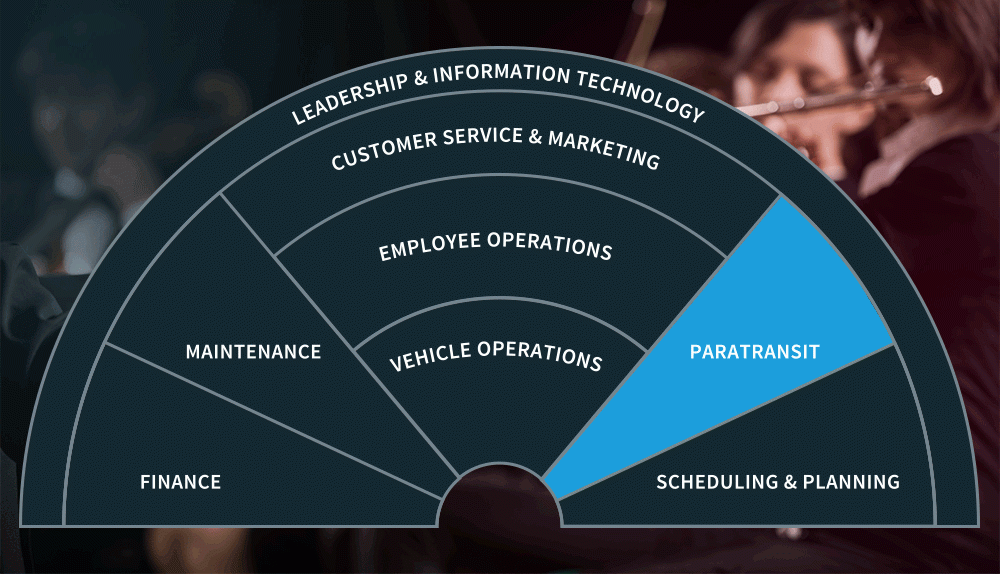For accessibility advocates, the release of Google’s Android Q Beta 3 in May was reason to celebrate. With the search engine’s inclusion of the officially approved accessibility-themed emojis in its latest program update, differently abled individuals will be better represented in popular emoji speak, said to be the world’s fastest growing language.
The new emojis include a wheelchair, guide dog, hearing aid and probing cane and are among the 230 icons added to a long 2019 list adopted by major platforms such as Google, Apple, Microsoft, Samsung and Facebook. While it may seem like too small a victory to crow over, these inclusive computer graphics represent concrete actions taken recently by many stakeholders to narrow the digital divide between the abled and the disabled.
An unacceptable gap remains
Eighty-four percent of persons with disabilities own or use a smartphone or cellphone, according to wireless accessibility think tank Wireless RERC. Accounting for tablet use, the wireless device ownership rate for persons with disabilities jumps to 91 percent.
Yet, significant gaps in digital access remain between those with a disability and those who don’t. The Pew Research Center reports that disabled Americans are thrice as likely as those without a disability to say they never go online. And only 67% of Americans with disabilities within the ages of 18 to 64 say they own a laptop or desktop computer, compared to 84% of abled Americans in the same age range.
For digital platforms and technology vendors, the existing gap is ultimately unacceptable. Especially so for those providing public services, such as transit agencies, which cater to a wide demographic.
Digital accessibility in transit
“In this age of online technology and smartphones, the concept of ‘Accessibility for All’ has to extend beyond physical infrastructure and into the digital realm,” says Gary Lo, Trapeze Product Director for Traveler Engagement.
As a basic requirement, web and mobile solutions used in public transit need to be designed with interoperability of assistive technologies in mind, he emphasizes. This means ensuring that transit services are compatible with tools that enable persons with disabilities to accomplish everyday technology tasks, such as screen readers and alternative input devices.
When consumers expect real-time information and quick, frictionless service from public transit providers, there is also no reason at all for demand response customers to be treated differently. That’s why Trapeze redesigned its PASS Mobile app to enable paratransit passengers to book, confirm or cancel trips by themselves through their mobile devices.
The app is continuously updated to conform to digital accessibility standards, Gary adds.
More accessible smartphones
Trapeze’s accessibility efforts reflect a wider campaign within the technology industry to do accessibility right. To date, a grab bag of initiatives exists, promising to raise awareness about the need to make accessibility a baseline requirement for digital interactions.
A 2019 study by Wireless RERC, for instance, found that accessibility is moving toward universal access in the mobile phone market. Accessibility in iOS and Android phones has kept on improving and apps now can be downloaded to these devices for specific access functions. In its 2016 review of 214 mobile phones, Wireless RERC found that accessibility features for smartphones pulled higher percentages in 20 of 24 features evaluated than for non-smartphones
The 2008 technical standard for web accessibility also has been updated recently to reflect changes in technology, especially for widespread mobile use. Web Content Accessibility Guidelines (WCAG 2.1), published in 2018 by the World Wide Web Consortium (W3C), now contains guidelines that enhance the mobile experience for persons with disabilities such as making touchscreen functions more compatible with assistive technology.
Accessibility awareness
Since 2012, tech companies have observed Global Accessibility Awareness Day (GAAD) every third Thursday of May. This annual event, inspired by as single blog post by a web developer challenging peers to make accessibility know-how mainstream, has grown to include webinars on accessibility, virtual coffee meetings on accessibility topics and gaming developer jams to create more accessible games. Apple celebrated the May 16, 2019 GAAD by rolling out an accessibility-focused collection of its Siri Shortcuts app that allows iPhone users quick access to their custom voice commands.
Apple, in fact, got the ball rolling on the emoji initiative by submitting a proposal in 2018 to add emojis representing persons with disabilities to the Unicode character set, the computing standard for text. Collaborating with organizations such as the American Council of the Blind, the Cerebral Palsy Foundation and the National Association of the Deaf, Apple came up with 13 new emojis, which eventually found their way to the 2019 list.
Persons with disabilities are entitled to equal access to online information and communications technologies. There is a conscious, and conscientious, effort by stakeholders, especially in tech, to overcome the digital accessibility challenge, even if it means making small, piecemeal or ad hoc steps toward universal accessibility. Closing the digital divide between the abled and differently abled may not happen overnight, but it may come sooner rather than later.
This innovative agency used booking and payment technology to transform paratransit operations. View the case study here.
Joyce Fernandez is a Content Marketing Specialist for Trapeze Group. She has written content for B2B and B2C companies in the financial services, technology, and design fields in Canada, UK and Asia. She studied journalism under the Erasmus Mundus Journalism Master program, at Aarhus University (Denmark) and City, University of London (UK), and Digital Experience Innovation at the University of Waterloo.
 Bus
Bus Rail
Rail Paratransit
Paratransit


